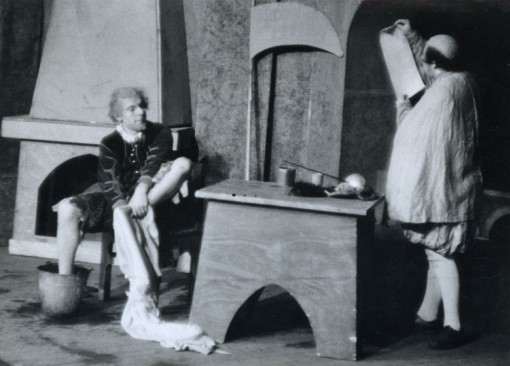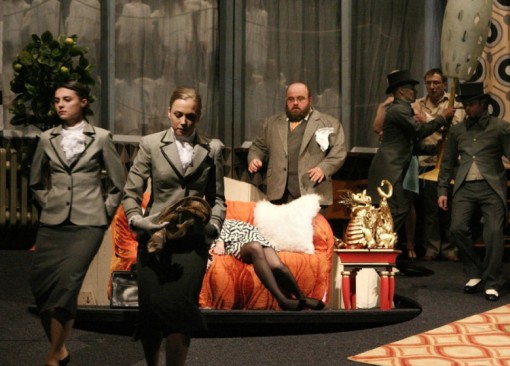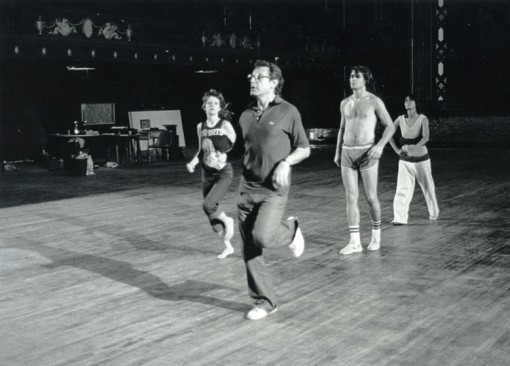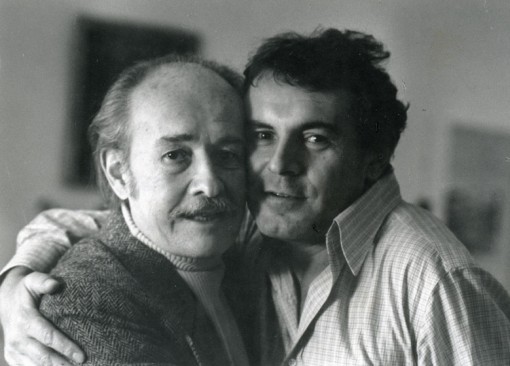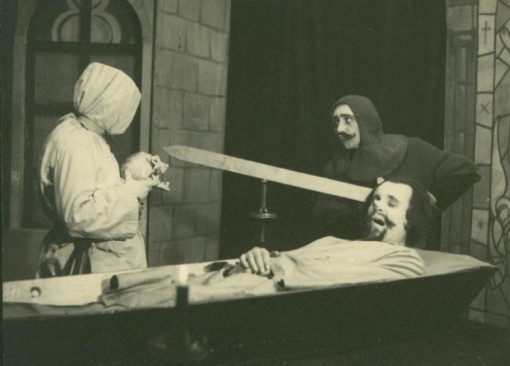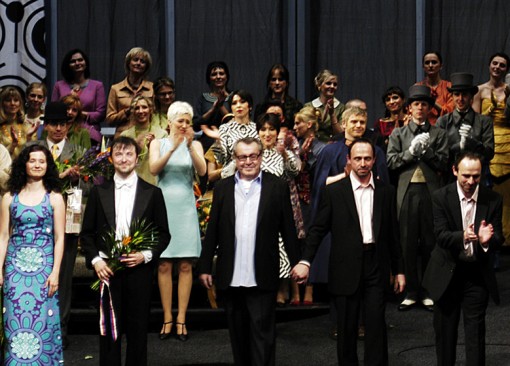A Walk Worthwhile
A stage performance of a Jazz Opera
Director: Milos Forman, Petr Forman
Starring: Petr Stach or Zbynek Fric, Jana Mala or Dasa Zazvurkova, Petr Pisa or Tomas Trapl or Lukas Kumpricht, Jiri Suchy or Petr Machacek or Zbynek Fric, Zuzana Stivinova or Jitka Molavcova or Tereza Halova, Jana Fabianova or Beatrice Todorova or Irena Magnuskova, Miroslav Lacko or Petr Wajsar
Premiere: 22. 4. 2007 and 23. 4. 2007, The National Theatre, Prague, The Czech Republic
The stage performance of the jazz opera “A Walk Worthwhile” was originally written by the legendary co-authors Jiri Slitr and Jiri Suchy and performed for the first time in their Semafor Theatre, in Prague, in the 1960’s. Milos Forman directed the new production of “A Walk Worthwhile” together with his son, Petr, in Prague’s National Theatre.
In the mid-1960s, Jiri Slitr-Jiri Suchy were one of the most popular artistic couples, connecting theatre and popular music with unmistakable stage performances, music and sense of humor. In 1966, Milos Forman and the Jan Rohac brought “A Walk Worthwhile” to TV. Forman decided to return to the play forty years later with his son Petr Forman as co-director. Petr had experience in staging operas at the National Theatre. Forman’s son Matej created the stage set.
The play tells the story of a young couple named Uli and Vanilla whose divorce becomes complicated when they receive a message from their aunt from Liverpool informing them that she has left a million pounds to their future child. The notion of inheriting one million pounds forces the young couple to try to settle their differences.
The original 1965 notation was not preserved (musical notation for every single instrument), so a brand new one was composed for this performance by the young composer and conductor, Marko Ivanović.
Milos Forman about the performance:
- „The National Theatre is a sacred place for me, something like the Cathedral of St. Vitus, even nowadays. So I had to cope with all these emotions. This play had originally been written just for a small and intimate environment, but to stage it in the “Semafor” way just wouldn’t work. So we brought in a little bit of Broadway poetics. And if we managed it successfully, then I’d have been really pleased. “
- “We were trying to persuade the current interpreters not to play their parts exactly as the original actors in the Semafor Theatre had. We didn’t want to see another ‘Slitr’ or ‘Hegerka’. Fortunately, each of them found their own way. Everyone is different.”
- “From the human perspective, it was my happiest professional period – to work together with my boys (Milos Forman’s older sons, Petr and Matej). Of course, we all have our own opinion, which we all pushed for. But we knew as well, that it was necessary to come to a compromise in the end. That’s the point. It was wonderful cooperation and I’m really very proud of my boys.”
Awards:
Alfred Radok Awards (2007)
Location: Prague, The Czech Republic
Prize: The Laurel Leaf
Cathegory: Scenography – Matej Forman
The Theatre Newspaper and Sazka Awards (2007)
Location: Prague, The Czech Republic
Prize: Stribrny Orfeus (Silver Orpheus)
Cathegory: Musical – Milos Forman, Petr Forman, Matej Forman
|
